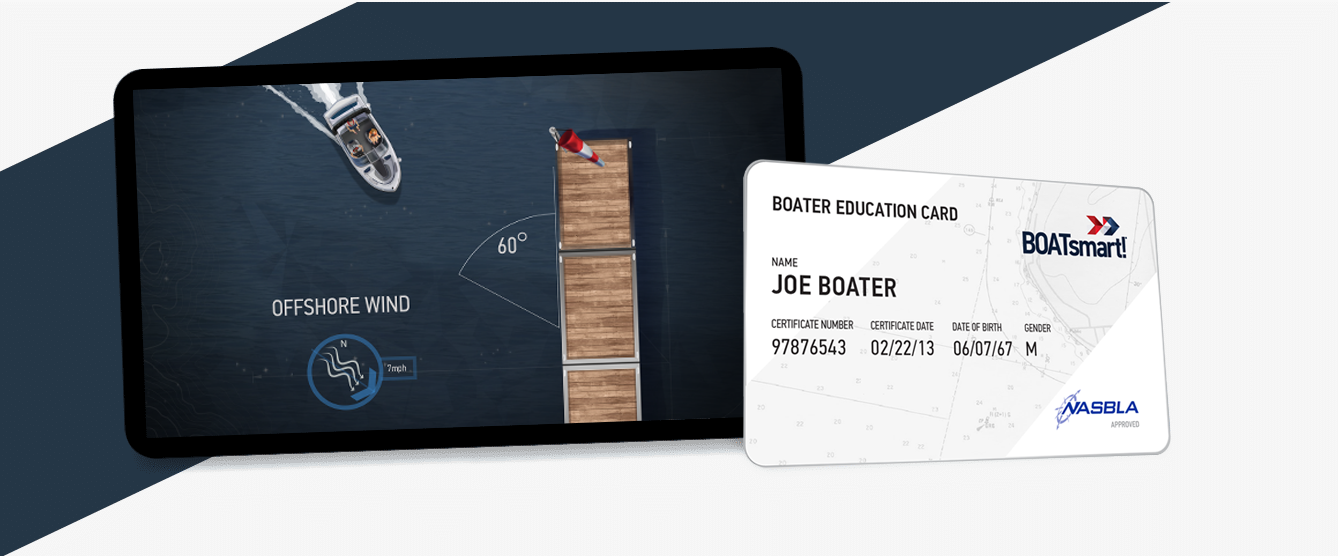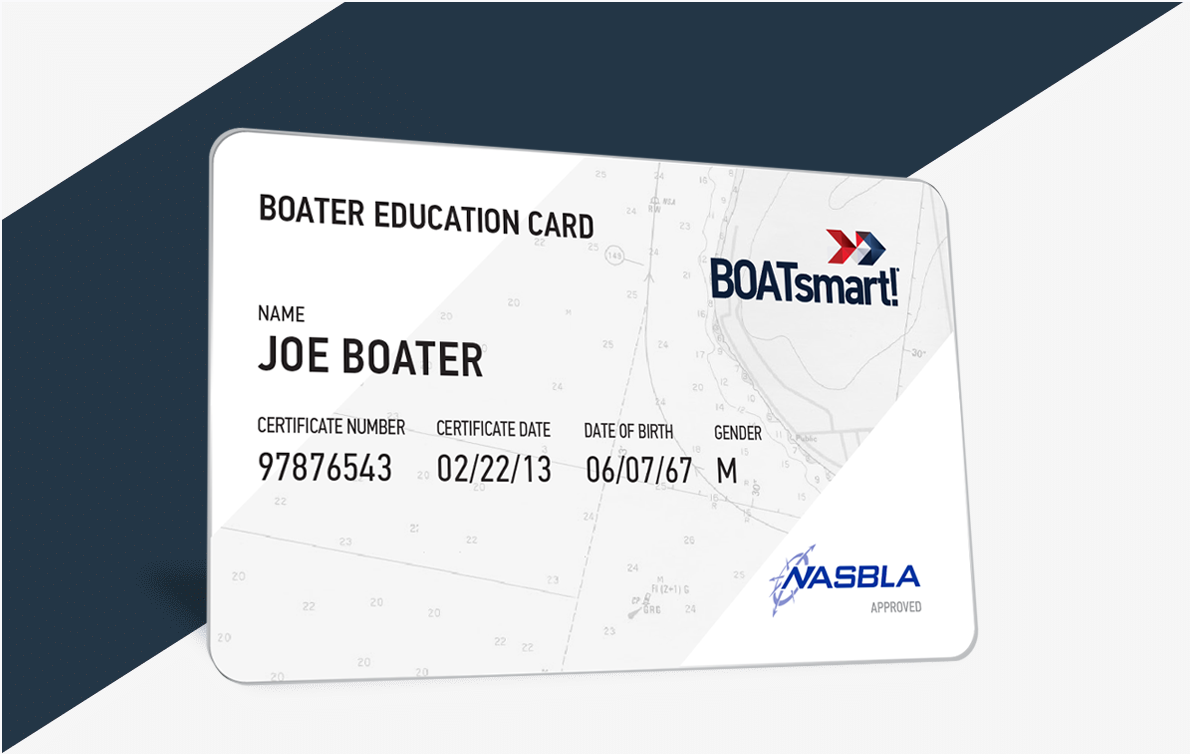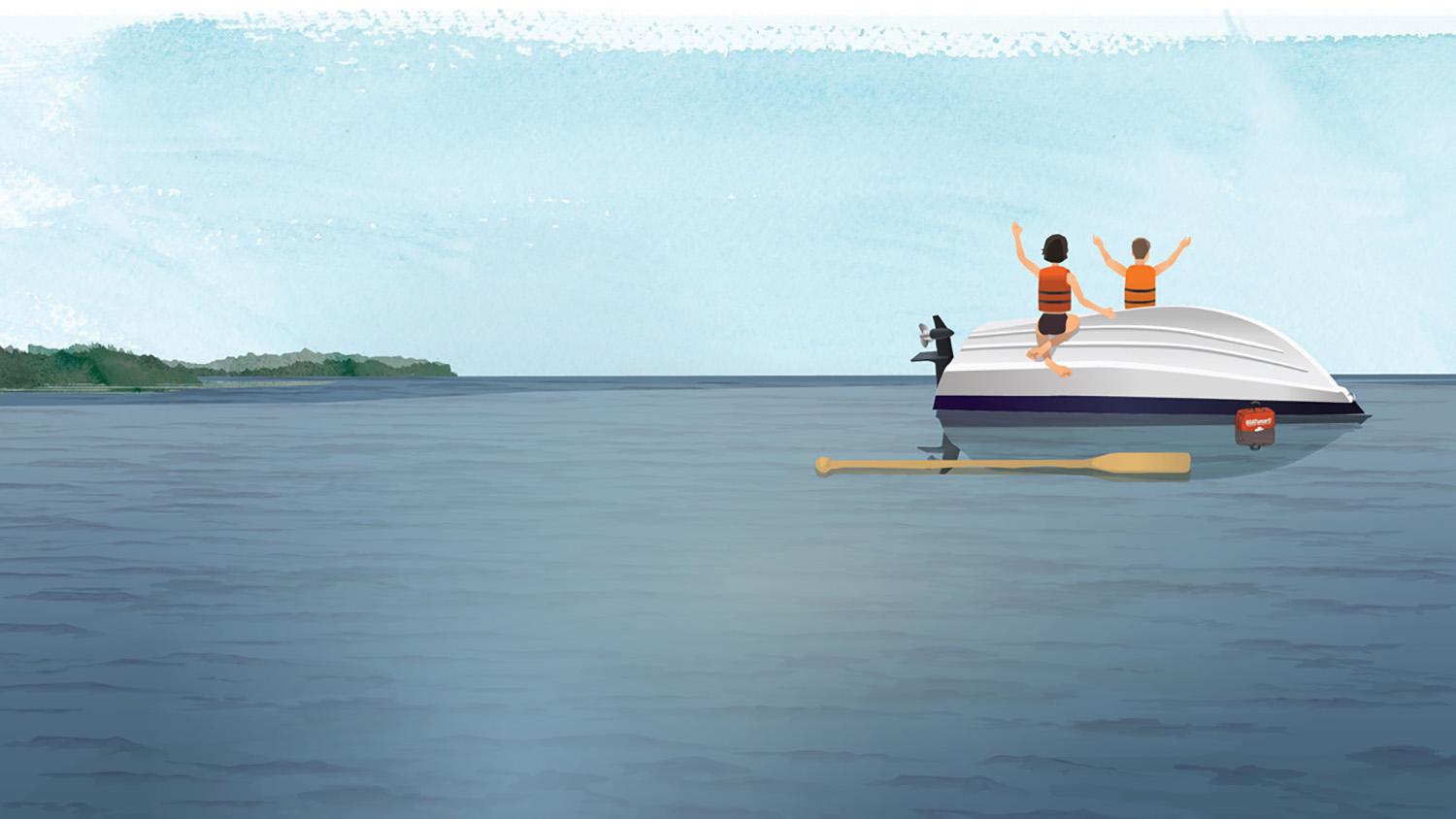BOATsmart! USA Knowledge Base
Module 06 - Other Water Activities Emergency Preparation
How to Respond to a Capsizing Emergency
STEP 1: Make sure every passenger is wearing a lifejacket and distribute your boat’s improvised flotation devices (such as the buoyant seat cushions and life rings).
STEP 2: Visually and/or verbally confirm that all of your passengers are present and accounted for.
STEP 3: Determine if there are other boats nearby that can offer assistance.
STEP 4: Establish if there is any danger of being hit by other boat traffic. Then determine your best course of action based on your situation:
- If you and your passengers are far from shore (50 m or more) or unable to reach shore, you should stay with the boat.
- If the boat is not fully submerged, climb onto the overturned hull. This will save your energy, increase your survival time in cold water and it will increase your visibility.
- If the capsized boat has been righted, only re-board it if it’s still afloat, seaworthy and it’s safe to do so.
- If it’s appropriate to leave the boat, you should swim to shore and seek assistance immediately.
STEP 5: If necessary, use a distress signal to communicate your need for help.


Get your Official North American
Boating License
The Official NASBLA and State-Approved Boating Course, Test & License.
Get your Official North American
Boating License
The Official NASBLA and State-Approved Canada Boating
Course, Test & License.




